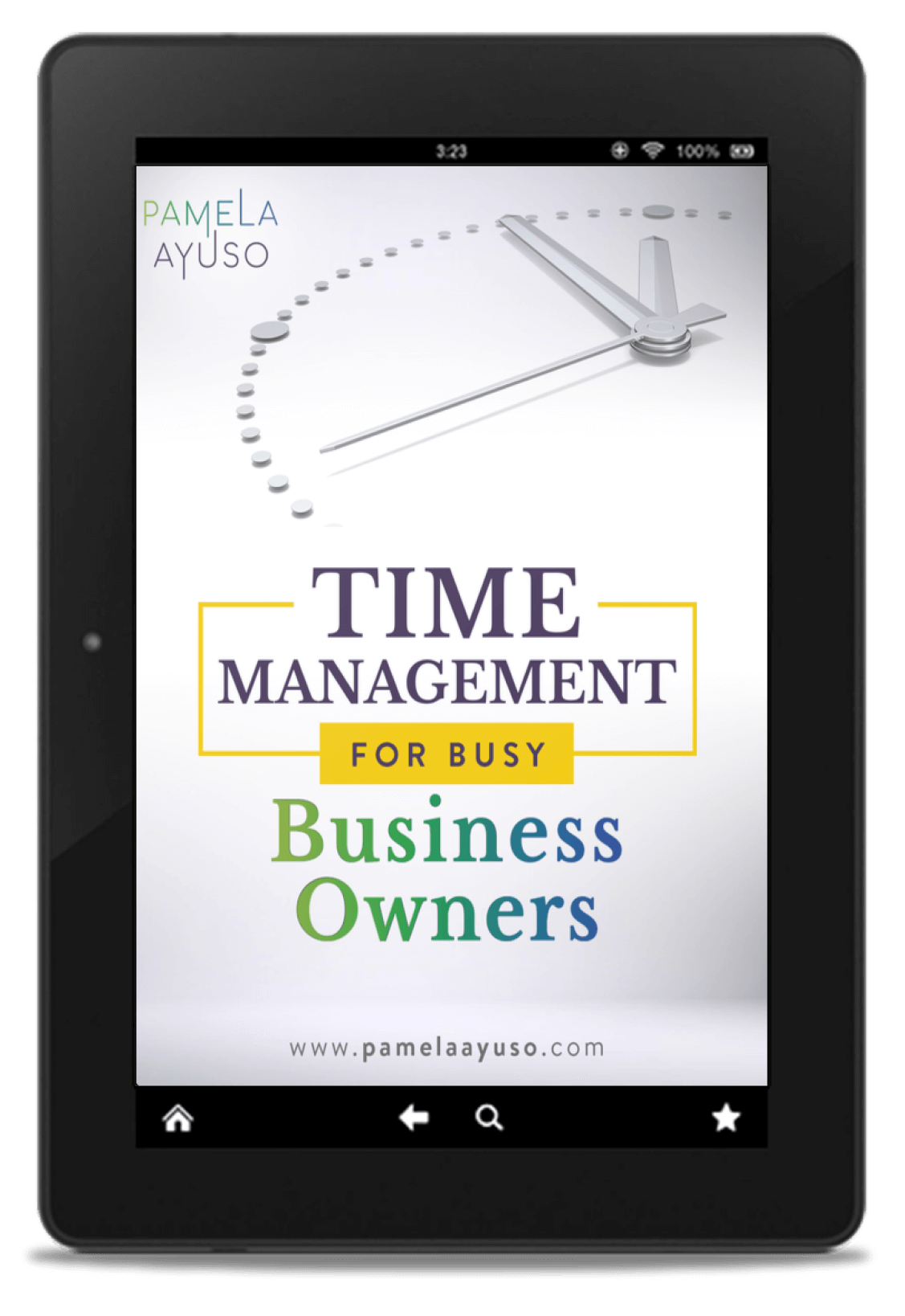Imagine Scenario 1. Eric starts his new office job and has to learn everything he can from Sara. She is leaving in two weeks to go to a different firm. He follows her around, taking copious notes, hoping to absorb everything within that short time frame. Eric asks questions and tries to organize the job procedures in his mind, but there are massive amounts of information. There is no system for processes; he must learn how to do the job directly from Sara. When Sara leaves, he is left to tie up any loose ends on his own or with the help of other employees. Inevitably, though, information will be lost.
Unfortunately, this first scenario is very common. If there is no system when people take over their jobs, they start developing their own methods for managing their responsibilities. These are stored mostly in their minds, and whenever a replacement has to be made, the information has to be taught to the new employee.
![[Photo: Kasper Rasmussen/Unsplash]](https://www.pamelaayuso.com/wp-content/uploads/2021/01/kasper-rasmussen-644132-unsplash.jpg)
[Photo: Kasper Rasmussen/Unsplash]
There is no guarantee that the transition will flow smoothly. Among the many pitfalls are:
-
There may not be enough time to train the new employee in the entire scope of a job within the two short weeks of notice given by the exiting employee.
-
There may be new responsibilities that have been added to the job but that haven’t been included in the job description – and are left out.
-
The employee who is leaving may forget to mention situations that must be dealt with every six months or every year, as well as important tasks that the former employee manages infrequently. These haven’t been included in the training because they are not part of the daily routine.
Turnover is a fact of life in business, and we must be prepared.
Now, picture Scenario 2. Meredith is taking over Sean’s job. Sean is also leaving his office job, within two weeks. His job responsibilities have been thoroughly recorded within the business’s processes, using the project management system that the company implemented two years ago. There is no fear that an important task will be forgotten. Meredith, therefore, focuses on learning how the system works, meeting all the relevant parties, and asking questions about the peculiarities of the job at that particular firm.
From the moment she starts, Meredith will know exactly what is expected of her and will not be left wondering if she is doing everything she needs to do. Additionally, the processes serve as Meredith’s daily to-do list. In other words, everything that needs to be done is saved in a system.
Because the processes are stored elsewhere, once they become routine, Meredith has the time to think proactively about solving problems. Each morning, Meredith will log onto the system that contains her tasks, organize what needs to be done and execute. Infrequent tasks are also recorded in the system so that when they are due, she will be able to carry them out. She will spend less time-solving problems.
Since she is not focused on remembering everything she needs to do and is free to think about her job, she can question the status quo and suggest improvements. Meredith also foresees complications and deals with them before they become actual problems.
When Meredith is promoted the next year to a job in a different office and Chris takes over her position, she simply reassigns her tasks to Chris. The transition is seamless, and as long as she has constantly updated her processes when new things have come up, everything should be there. The time she spends training Chris will be focused on the details around the processes and not on recalling her responsibilities.
Before she leaves for her new job, Meredith goes over all the processes with Chris, introduces her to counterparts, ensures she has all necessary contacts, and answers all her questions. Chris is set to go. She then goes through the same progression as Meredith when she started her job.
![[Photo: Matthew Brindle/Unsplash]](https://www.pamelaayuso.com/wp-content/uploads/2021/01/matthew-brindle-1118459-unsplash.jpg)
[Photo: Matthew Brindle/Unsplash]
Scenario 2 Is the Best-Case Scenario for Your Business
Implementing and maintaining scenario 2 takes time and effort, initially. However, it will pay off, because you will not waste the same amount of time to recover from Scenario 1. Your new employees will also have a more satisfactory initial experience and will be more likely to be happy and productive. The documentation system will be self-sustaining because the new employees will understand the importance of documenting processes in their daily lives. Finally, as a manager, you will sleep better at night, knowing that everything is documented and that, regardless of changes, the firm will run smoothly.
This post was originally published in 2017 and has since been updated and recirculated for 2021.



